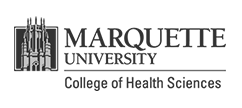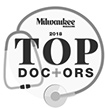Q&A: How lunges, squats and holds can build stronger tendons and ligaments
UC Davis Health molecular exercise physiologist Keith Baar specializes in sports medicine. He studies the effects of exercise on bone, muscle and tendon health. In this Q&A, he discusses how intensive exercising after injury or when overweight can cause damage to ligaments and tendons. He also talks about the importance of integrating isometric or static exercises into our fitness routines.





